If you want to add a sense of tranquility to a room, you should consider getting a lava lamp. Their slow, soft movement can add a sense of gentle meditativeness to any space, and they come in a variety of shapes and colors to match any sense of style.
But, they also have a reputation that is a bit on the ugly side. If you leave them on too long, lava lamps can turn from a source of peace into a ticking bomb that could explode at any moment. Or, at least that’s what some people think.
Is that true? We’re here to set the record straight and to provide you with the right information so that you can feel confident in buying and using a lava lamp safely.
In This Article We'll Discuss
How Long Can You Leave a Lava Lamp On?
Lava lamps are essentially clear tubes filled with thick liquid and wax balls. When placed on top of a heating coil and lightbulb, the liquid slowly heats and causes the wax to float around in brightly-colored globs.
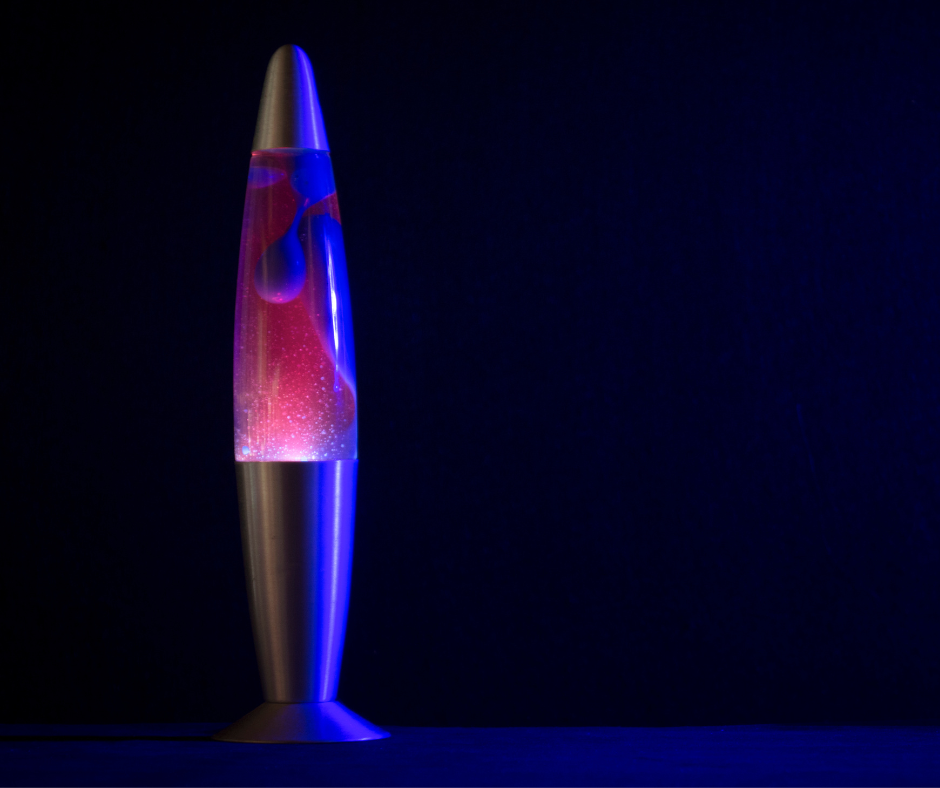
It’s important to keep in mind that it’ll take a lava lamp a few hours to fully warm up. You’ll want to factor that in when considering how long you can leave it on.
The optimal amount of time to leave a lava lamp on is right around eight hours after it’s fully warmed up. If you figure two hours for it to get going, that means you can leave it on for 10-12 hours.
Is It Okay to Sleep With a Lava Lamp On?
For the most part, you will be safe using a lava lamp as a nightlight, especially if you turn it on right before going to bed. They are pretty safe if you turn them off after 10 or 12 hours.
There are a couple of things you can do to make a lava lamp safer to use at night. Always keep in mind that lava lamps can get hot, even too hot to touch.

Be sure to place the lava lamp where it won’t touch paper or other things that might catch on fire or melt. Make sure you don’t put it on paper or cloth, and that it isn’t somewhere that someone tossing and turning in their sleep will hit. That will prevent burns.
That should also help prevent it from getting knocked over. If it gets knocked over, the hot wax might spill out and come into contact with the heating coil or hot bulb and catch on fire. You’ll also want to consider whether a pet might knock into it during the night.
Don’t place it on a windowsill or anywhere else it might get cold. A lava lamp requires a consistent temperature to work correctly. If it gets too cold, the wax might solidify and sink to the bottom.
Can a Lava Lamp Explode?
Lava lamps can heat to 140 degrees Fahrenheit, so you’ll want to be aware of just how hot they can get.

One thing you absolutely don’t want to do is put a hot lava lamp on another hot surface like a stovetop. That can cause the lava lamp to explode, which could potentially be fatal.
Can I Leave My Lava Lamp on 24/7?
It’ll take a couple of hours for a lava lamp to warm up after you turn it on, but don’t confuse that with being able to leave it on for 24 hours. After 10-12 hours of use, the risk from a lava lamp goes up the longer it stays on.
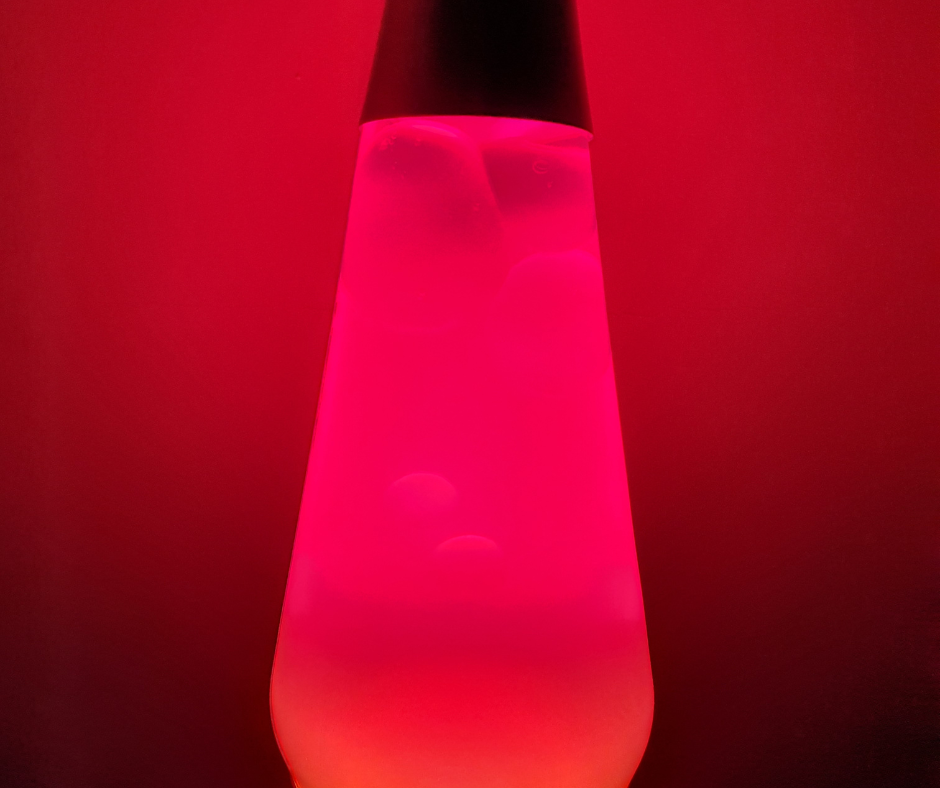
While a lava lamp can explode if you place it on other hot surfaces, the primary risks are it burning you or causing a fire.
Can Lava Lamps Burn You?
Lava lamps involve heating oil and wax so that the two develop an internal current that pushes around colorful blobs. The process requires temperatures of approximately 140 degrees Fahrenheit.
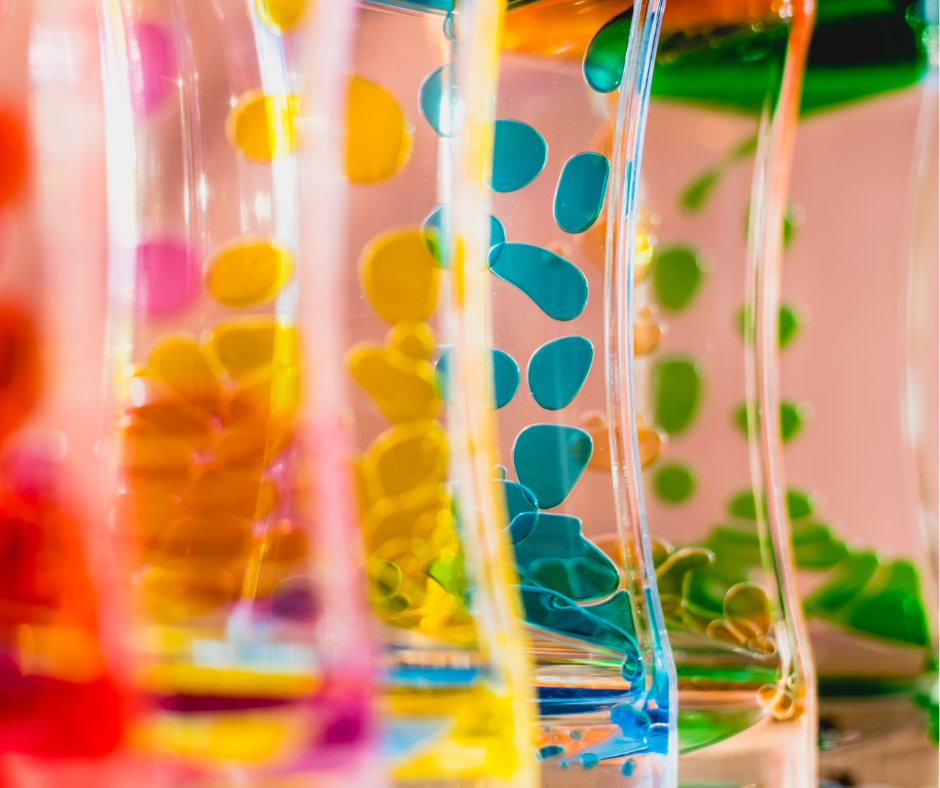
At that temperature, it would require two seconds of contact to cause a first-degree burn. Keep in mind that lava lamps can get even hotter the longer they are on. And, at 149 degrees Fahrenheit, you only have to touch it for one second to get a first-degree burn.
Are Lava Lamps Hot to Touch?
Lava lamps get hot enough to cause mild burns if you touch them for even a short time, so they’re definitely hot to touch. That is especially true if they’ve been on for a few hours.
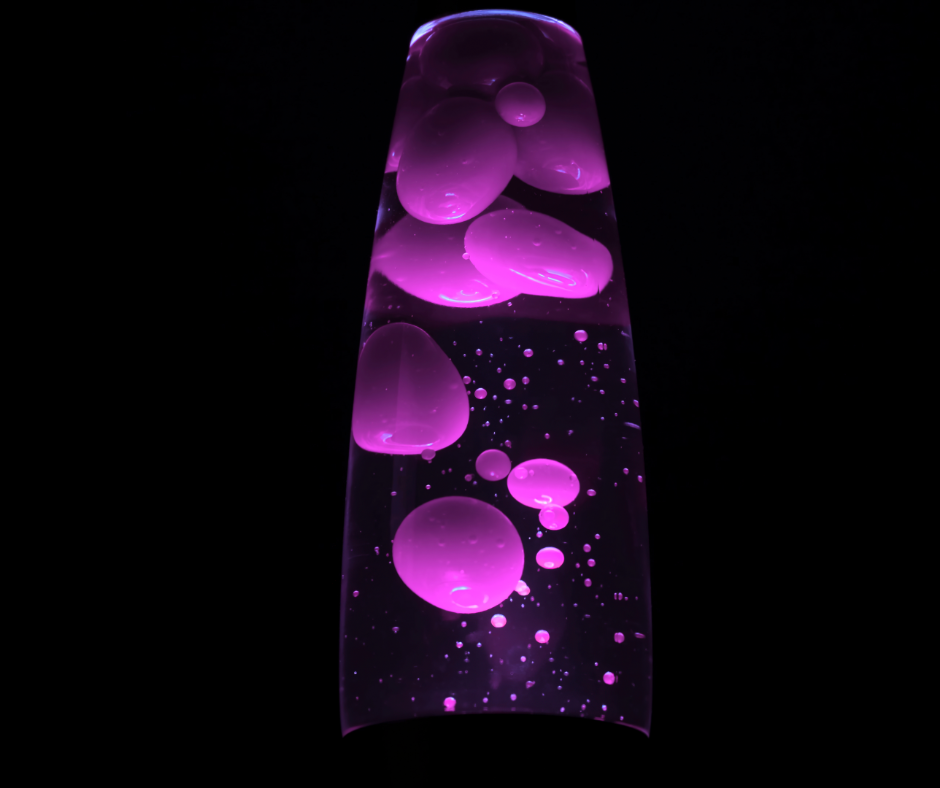
The design of lava lamps has evolved over the years, and they come in a variety of shapes and sizes today. So, just how hot yours gets will depend on that, too.
Do Lava Lamps Use a Lot of Electricity?
Most lava lamps use an old-style incandescent light bulb. And, while those bulbs are less efficient than modern LED bulbs, they usually don’t require much electricity.

While the design of lava lamps has evolved over the years, most of them use a basic 40w bulb. When that type of bulb is left on for eight to ten hours, it uses approximately 80 cents worth of electricity.
How Do I Know if My Lava Lamp Is Too Hot?
You don’t need to touch your lava lamp to tell if it’s too hot, which is a good thing. Lava lamps reach temperatures as high as 140 degrees Fahrenheit, which is enough to give someone a mild burn in two seconds.
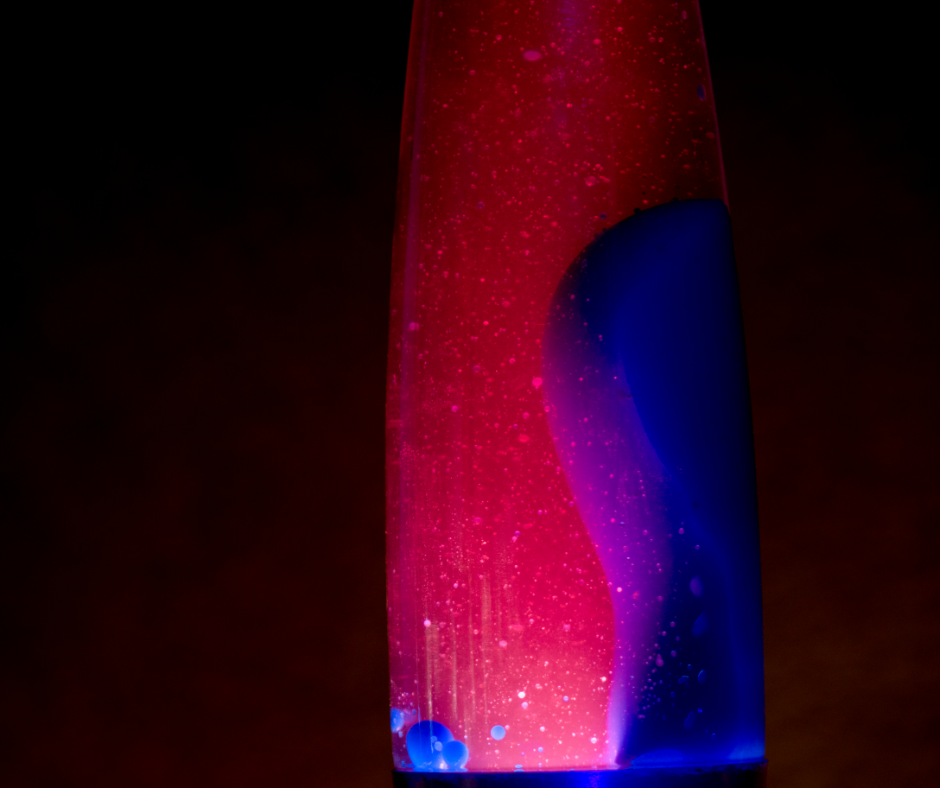
If the wax in the lamp has formed a dome, it’s a sign that the lamp is overheated. Turn it off for a few hours so it can cool down.
Why Is My Lava Lamp Chunky?
An improperly flowing lava lamp is usually a sign of a temperature mishap. But if the wax becomes chunky or sticks to the top, it has likely separated from the fluid it is supposed to be suspended in.

If that happens, drain the thick fluid from the lamp and heat the wax until it completely melts. Then, heat it for another 10 minutes. Turn off the lamp and allow it to cool to room temperature before adding the liquid back.
Conclusion
Lava lamps can add a sense of warmth and peace to a room. Their slow, natural movement makes them a great companion if you’re trying to meditate or relax after a long day.
However, leaving one on for too long can be hazardous. It will get hot enough that you don’t want to touch it, and there’s a slight risk that it might explode or start a fire.
We hope you use what you’ve learned in this article to stay safe. If you feel like you did, or have insight worth sharing, leave a comment down below. You can also share this article on your social media networks. Safety is everyone’s top priority.

